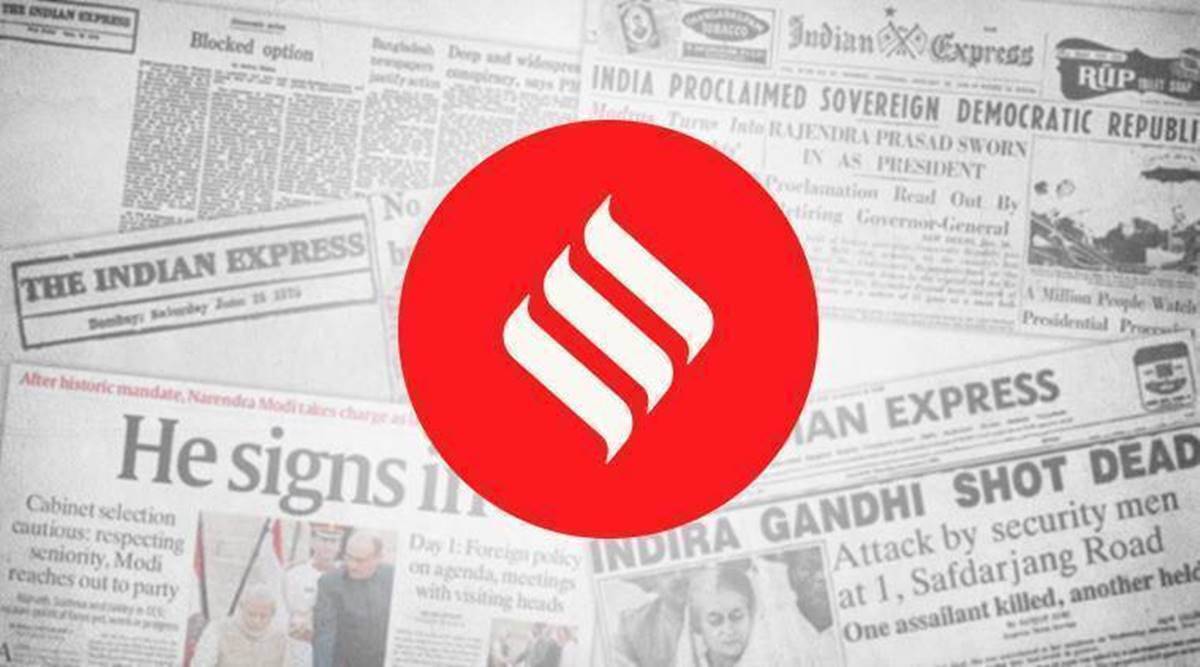Bihar’s Covid containment measures lapsed into complacency. Irregularities must be probed, systemic deficits addressed.
Early in the COVID-19 pandemic, medical experts and policymakers recognised that accurate information holds the key to taking on the infectious coronavirus. Acknowledgement of the imperative did not translate into practice immediately. Medical authorities in the country were hobbled by the paucity of testing kits, lack of information about contact tracing protocols and shortage of trained healthcare personnel. To their credit, epidemiological establishments in most states showed an awareness of these shortcomings and worked in earnest to iron them out. The government machinery put in an incredible amount of work to contain the surge. As the pandemic ebbs, however, it is also revealing some aberrations. An investigation by this paper has revealed a string of irregularities in COVID testing data in Bihar. Fudged mobile numbers, fake names and dodgy entries were used to plot the downward curve of the state’s COVID curve. In some cases, multiple unrelated persons were listed under one number — this would make contact tracing very challenging if the cases were positive. The infringement of protocols seems to have begun in November last year, when the caseload started dipping — in other words, the state appears to have relaxed its guard at a time when the imperative to remain vigilant was being constantly underlined by a range of authorities, including Prime Minister Narendra Modi.
In July and August, when infections began to soar, testing was ramped up across the country, including in Bihar. The complaint of several district magistrates in the state about the paucity of lab equipment and technicians was addressed and more than 3,000 doctors and 4,000 nurses were appointed. The augmentation of facilities and personnel had a significant bearing on the state’s COVID situation. Though Bihar reported about 3,000 cases daily on most days in August, the fevered pace of political activity in October-November in the run-up to assembly elections in the state did not lead to an upsurge in the state’s caseload. Officials now say that once the expected spike did not happen, people stopped turning up for testing and some district-level government functionaries began to manipulate data to make up for the numbers.
Of course, complacency in the face of an apparently retreating pathogen is not new or confined to COVID. There’s now a substantial body of evidence detailing how well-established disease containment protocols, including communication drives at the grassroots level, were compromised in the weeks preceding the 2018 AES outbreak in Bihar. One of the key lessons of the pandemic is that this state of affairs needs to change, and societies need to be in a constant state of medical preparedness. Moreover, the battle against the novel coronavirus is by no means over — the vaccination drive is barely a month old and it will be months before a substantial section of the country’s population is inoculated. The Bihar government has acknowledged the irregularities and begun a probe. It would do well to extend this exercise to the systemic deficits of the state’s healthcare system.
Source: Read Full Article


